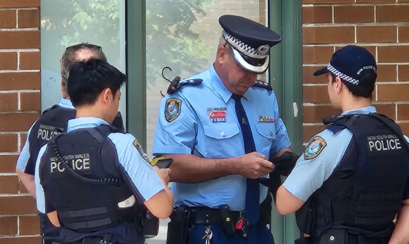Motorist concerned about inaccurate GPS
I listened to a scenario involving an inaccurate GPS speed zone recognition system being discussed on radio recently.
A motorist lives near Lemon Tree Passage in NSW. He has 20 kilometres to drive to a shopping centre near Raymond Terrace. There are about six speed zone changes within that distance.
The motorist has a GPS system produced by a recognised and reputable manufacturer. This GPS system has a speed zone recognition function, but it seems out of date and there are no updates to keep it current.
The is motorist is worried about breaking the speed limit, as he is accustomed to relying on the GPS to keep him within the legal limit.
GPS manufacturers unable to keep up with government speed zone changes
What this motorist and others should know is that it is not possible to avoid penalties for speeding by relying on the excuse that you had an inaccurate GPS with a faulty or out-of-date speed zone recognition function.
This is particularly the case when the driver is aware, as in this case, that the GPS speed zone data is not up to date.
In addition, no GPS manufacturer can guarantee that their data will be updated for the benefit of their customers when it is the state government which sets a speed zone and can change it arbitrarily and without warning.
GPS on your smartphone more likely to be accurate
The surprising advice is that your smartphone GPS and maps are in fact updated regularly and widely. This means they are far more likely to be accurate.
So check if your phone is a better option than other systems, but don’t get caught touching it while driving.
If the actual speed zone seems different to the information on an electronic database, tell the database provider, but stick to the speed that is indicated on the signage on the road, as that is the speed limit that applies at law.
You have Buckley’s chance of dodging a court penalty for speeding because your in-car technology proved to be sadly unreliable.














